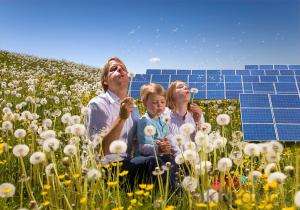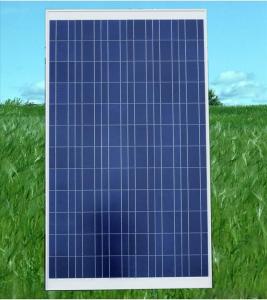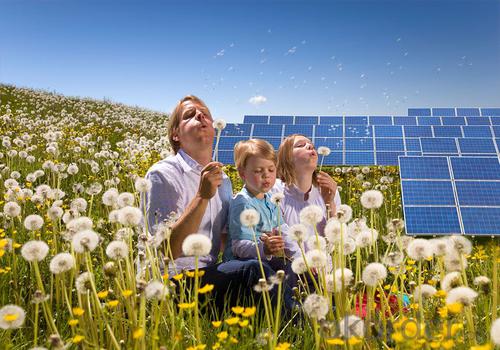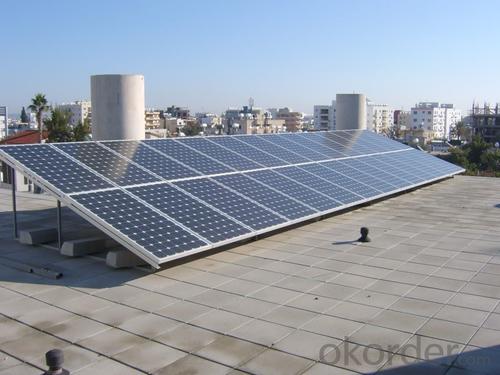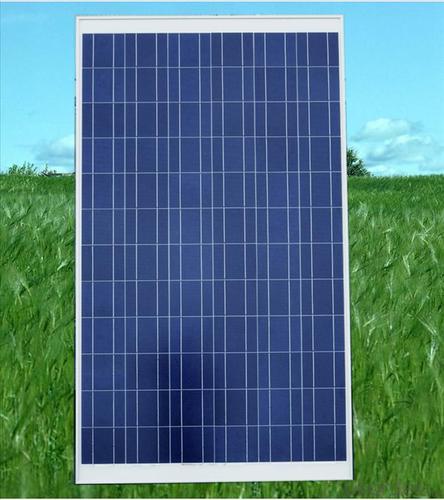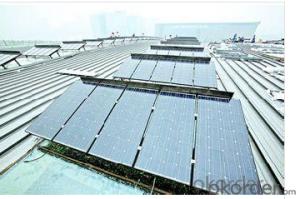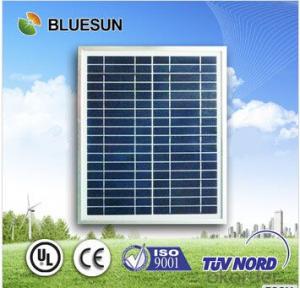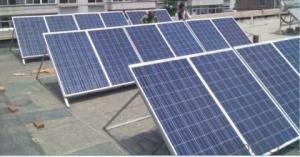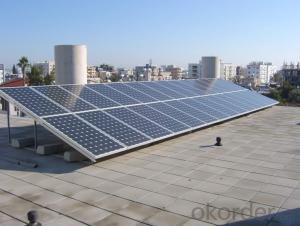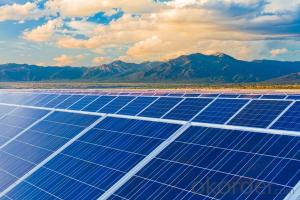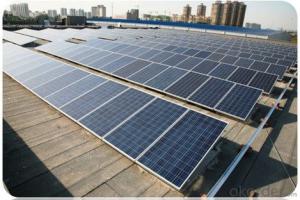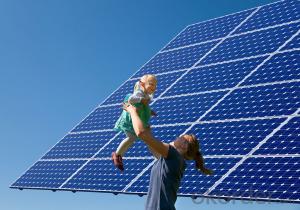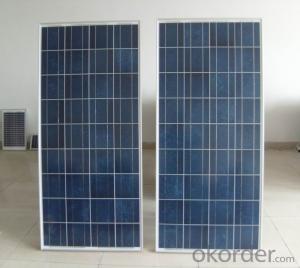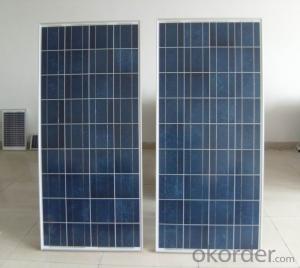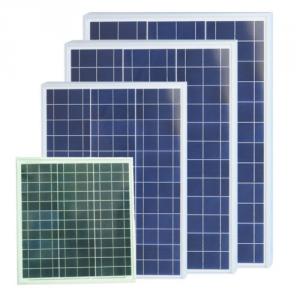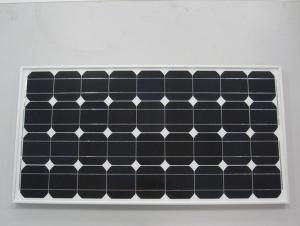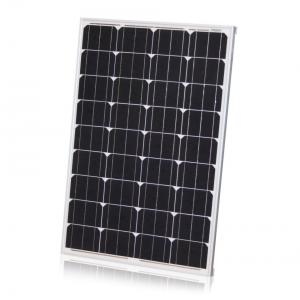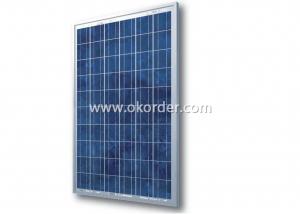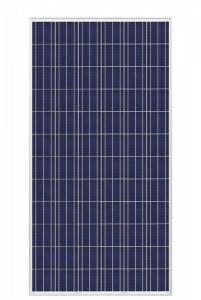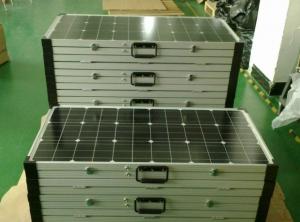255w Polycrystalline Silicon Solar Panels in Dominican Republic
- Loading Port:
- Guangzhou
- Payment Terms:
- TT OR LC
- Min Order Qty:
- 200000 watt
- Supply Capability:
- 20000000 watt/month
OKorder Service Pledge
OKorder Financial Service
You Might Also Like
About us
We are a high-tech group wich specializes in solar products design,research, manufacture, sales,solar projects design and installation.
Our national sales service covers seven parts, including northeast, north, east, middle, south, northwest and southwest, international sales covers five continents and over forty countries, including Germany, Italy, Spain, France, America and Brazil etc.
Solar cell module production process
Line called packaging line components, packaging is the production of solar cells a key step in the packaging process without a good, multi-well battery is also not a good component of production boards. Battery package not only the battery life is guaranteed, but also to enhance the combat strength of the battery. Product quality and high service life is to win can be the key to customer satisfaction, so the quality of components of the package board is very important.
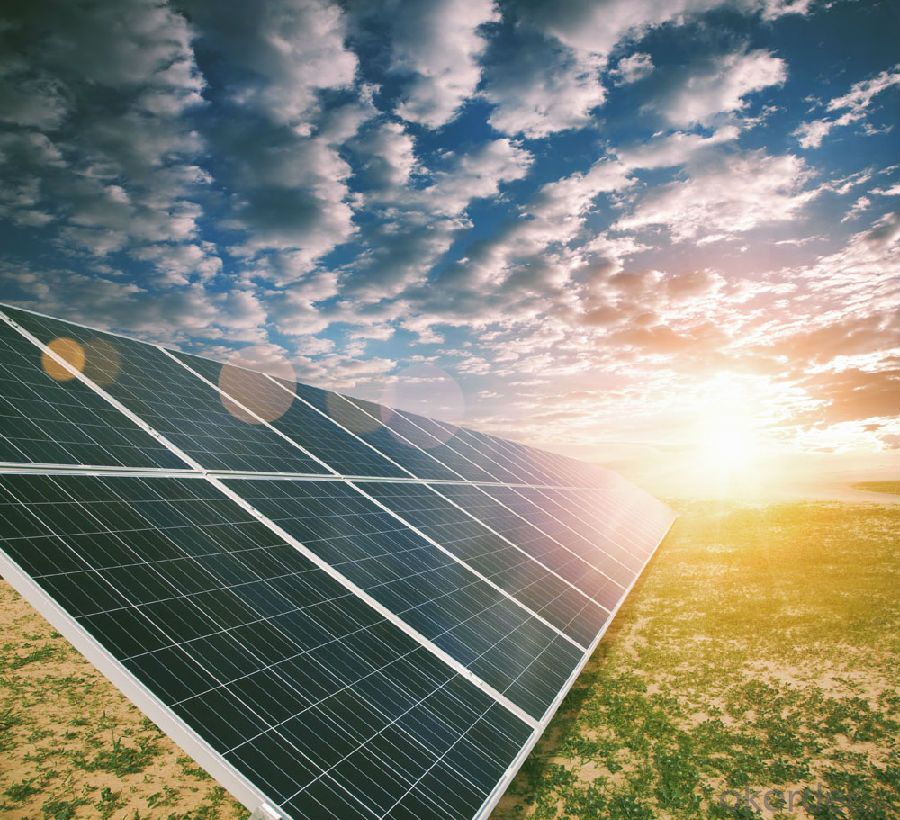
Data sheet
Maximum Power | 255W |
Efficiency | 0.157 |
Backsheet | White |
Frame Colar | Silver |
Manufacture Site | China |
Frame | Anodized Aluminum Alloy |
Weight | 19 kg |
FAQ:
1. How long will my inquiry get response?
Your inquiry related to our products or prices will be replied within 24 hours.
2. Can I get professional service and suggestion?
Well-trained and experienced staffs to answer all your questions in fluent English.
3. Do you accept OEM or customized design?
OEM & ODM, any your customized lightings we can help you to design and put into product.
4. What if I need specific design?
Distributorship are offered for your unique design and some our current models.
- Q: Can solar panels be used for powering traffic lights?
- Yes, solar panels can be used to power traffic lights. Solar panels convert sunlight into electricity, which can be used to power various devices, including traffic lights. This renewable energy source can provide a sustainable and reliable power supply for traffic lights, reducing dependence on traditional electricity sources.
- Q: Pls is it ok to connect a 0watt and 20watt solar panel together into a charge controller port, can i just tie the wires together and run into the controller?? Will damage anything...Thanks guys
- It okorder /
- Q: I need a solar panel for my laptop as i am going camping in the desert, and i need my laptop. There are two choices of solar panels, One is 0 watts and 2 V and maximum power current 0.56 amps. The other one is 2 watts, 2 V and no mention of current. My laptop plug says input 00-240V and .5A and then output 5V-5A. Which one should i get for my laptop. If there are other choices please tell me ill look them up on OKorder.Thanks
- I'm afraid neither of these panels will do much for charging or running your laptop. If the power brick is supposed to emit 5 volts at 5 amps, that's 75 watts. Neither of those panels provides enough voltage and the power output is obviously far too small. The capabilities of solar power are vastly overestimated for small panels. Sunlight is limited to about kilowatt per square meter under ideal conditions (summer time, clear blue sky, for a few hours around noon in the US southwest). But consumer panels top out at about 5% efficiency, so your limit is 50 watts per square meter - in other words you would need about half a square meter, or about six square feet, of panel to provide 75 watts. And even under ideal conditions you will only get that much for a few hours each day. Also, the panel's voltage output is not regulated, so even if you find a panel that emits 5 volts (this would actually have to be made up of groups of 30 cells in series, as they emit half a volt each at most) you can't just connect the panel output into your laptop's DC in. You'd need a regulated DC-to-DC supply, and since that is not 00% efficient it will cost a bit of the power... now you need even more panel area. All in all, not really a practical thing to carry along on a camping trip.
- Q: Can solar panels be used in areas with high winds?
- Yes, solar panels can be used in areas with high winds. However, it is important to ensure that the solar panel installation is designed and built to withstand the specific wind conditions of that area. This may involve using appropriate mounting systems, securing the panels properly, and considering the orientation and tilt angles. Additionally, selecting high-quality materials and conducting regular maintenance can help ensure the longevity and performance of the solar panels in high wind areas.
- Q: Can solar panels be installed on churches or religious institutions?
- Yes, solar panels can be installed on churches or religious institutions. In fact, many religious institutions are embracing renewable energy and installing solar panels on their roofs as a way to reduce their carbon footprint and contribute to a more sustainable future. Installing solar panels on churches not only helps them save money on energy bills but also sets an example for their congregations and communities by promoting clean and renewable energy sources.
- Q: Can solar panels be installed on a condominium or apartment building?
- Yes, solar panels can be installed on a condominium or apartment building. However, the feasibility and process may vary depending on factors such as building ownership, structural integrity, and local regulations. It is important to consult with professionals and obtain necessary permissions before proceeding with the installation.
- Q: Do solar panels require regular cleaning?
- Yes, solar panels do require regular cleaning to maintain their efficiency. Dust, dirt, bird droppings, and other debris can accumulate on the surface of the panels, reducing their ability to generate electricity. Regular cleaning ensures optimal performance and maximizes energy output.
- Q: Can solar panels be installed on senior living facilities?
- Yes, solar panels can be installed on senior living facilities. In fact, many senior living facilities have started incorporating solar panels to reduce energy costs, promote sustainability, and provide clean energy solutions. Installing solar panels can help these facilities become more energy-efficient and reduce their carbon footprint. Additionally, solar energy can contribute to a more comfortable and sustainable living environment for senior residents.
- Q: so i told my dad to buy solar panels and he wants to see how much money u can save we pay $00 and i dont want quot;You don't need solar panelshow much would my fmaily save?
- maybe you ought to ask a solar installer in your area. who knows what the electric rates are. and how much electricity you use. and how much sun there is. and what your electric utility's policy is. and what kind of house you have, and how you use electricity. and what appliances (eg stove) you might convert to electric to take advantage of solar panels. wouldn't that seem to be a good idea?
- Q: How do solar panels affect the property's corporate social responsibility?
- Solar panels have a positive impact on a property's corporate social responsibility (CSR) by reducing its carbon footprint and reliance on fossil fuels. By generating clean and renewable energy, solar panels contribute to sustainability efforts, promote environmental stewardship, and demonstrate a commitment to reducing greenhouse gas emissions. Additionally, solar panels can enhance the reputation of a property, attract environmentally conscious stakeholders, and align with CSR goals of promoting renewable energy and protecting the planet.
Send your message to us
255w Polycrystalline Silicon Solar Panels in Dominican Republic
- Loading Port:
- Guangzhou
- Payment Terms:
- TT OR LC
- Min Order Qty:
- 200000 watt
- Supply Capability:
- 20000000 watt/month
OKorder Service Pledge
OKorder Financial Service
Similar products
Hot products
Hot Searches
